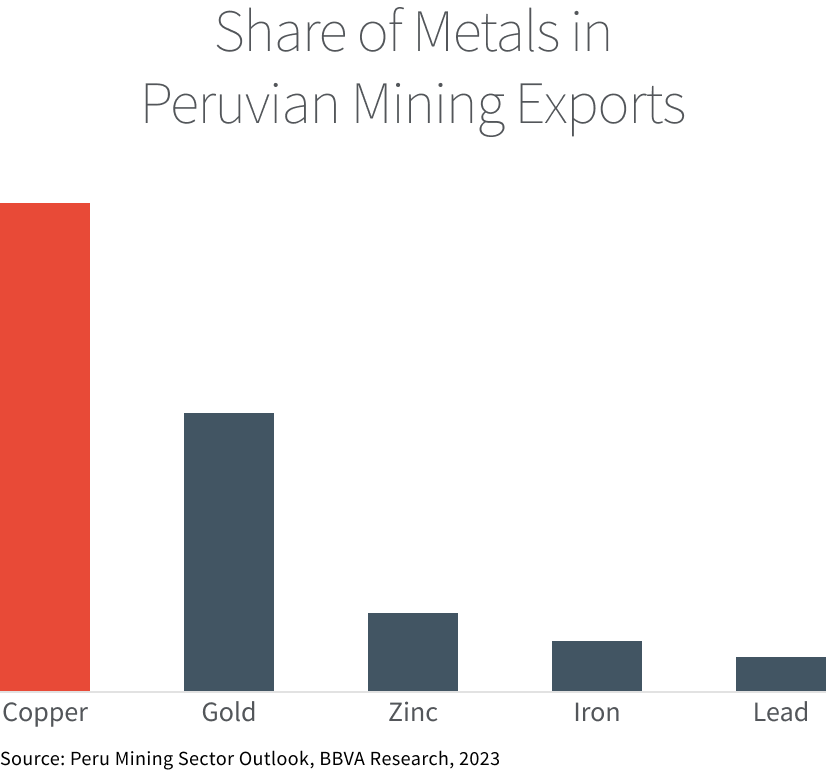Redesign Hatch Blog Template
When I joined Hatch, the blog was an untapped opportunity for engagement. The existing template felt dated, with dense blocks of text, minimal visuals, and few interactive elements to guide the reader. Calls-to-action were unclear, and internal links to related articles were either missing or buried — causing readers to exit instead of explore.
I led the redesign with a clear goal: make the blog more inviting, scannable, and conversion-focused. The new template introduced a modern layout with stronger typography, strategic white space, and rich visuals to break up text and enhance storytelling. I restructured content flow to surface CTAs at the right moments, added prominent and relevant internal links, and created flexible components so the marketing team could easily adapt posts for different campaigns.
Design Process
Once the key issues were identified, my next step was to define the essential content and components for the redesigned blog template. To keep the approach clear and strategic, I organized them into three core areas: Navigation, Content, and Connect. Navigation focused on guiding readers to explore more of Hatch’s resources through features like links to similar blogs, curated blog series, and relevant tags. Content included all the building blocks of an engaging post — a clear title, compelling teaser, concise intro paragraph, and well-structured main content supported by bullet points, tables, images, videos, podcasts, graphs, quotes, and an “about the author” section. Connect emphasized ways to deepen reader interaction, such as social sharing buttons, inquiry forms, newsletter sign-ups, and links to follow the author’s LinkedIn. This framework ensured that the redesigned blog wasn’t just visually refreshed, but also strategically built to improve navigation, readability, and audience engagement.
3 Core Areas
Elements in the blog template
The redesigned blog template includes a flexible library of elements — such as tables, blog series tags, charts, images, videos, quotes, and more — that can be mixed and matched to suit each post’s purpose. This modular approach empowers marketing managers to easily tailor content layouts, highlight key information, and adapt the design to different campaigns or audience needs.
Table
Blog Series Tag
Charts
Charts
Related blog links
Author’s bio with social links
Inquiries
Blog Mockup
Desktop view
Desktop view
Mobile view
Mobile view
Blog series tag mockup
Desktop view












